The Solar System
(Click the picture or blue text, where it’s available, below for more information including seeing in BSL ![]() )
)
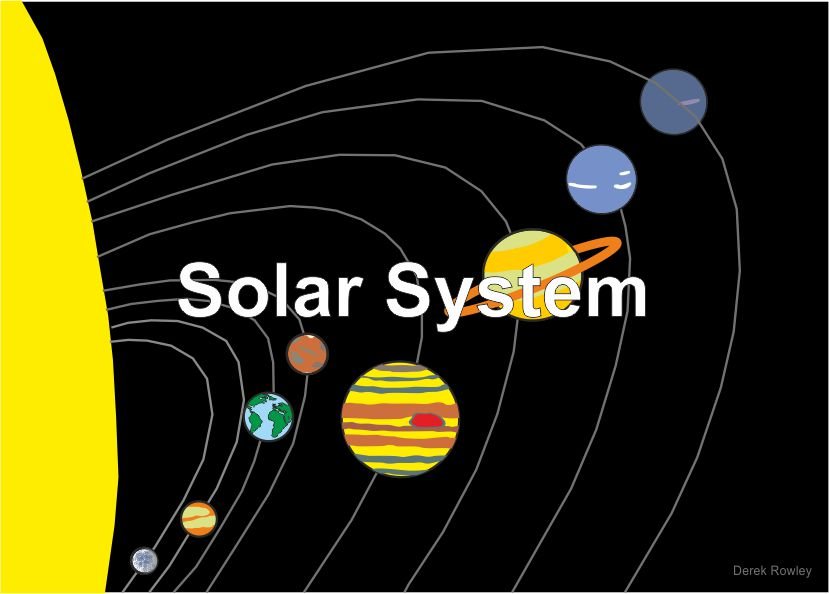
Solar system consists of our star, the Sun, and everything bound to it by gravity – the planets Mercury, Venus, Earth, Mars, Jupiter, Saturn, Uranus and Neptune, dwarf planets such as Pluto, dozens of moons and millions of asteroids, meteoroids, comets and Oort cloud.
oooo
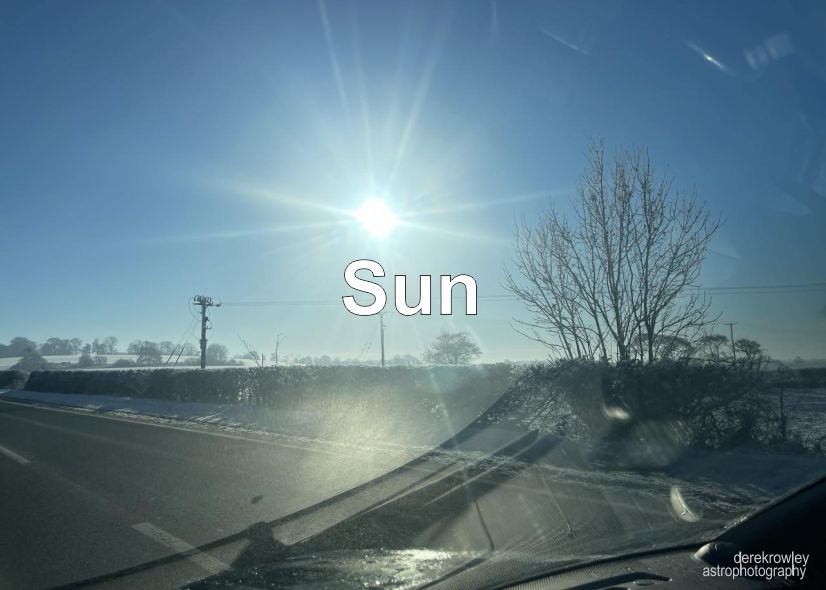
The Sun is a star. There are lots of stars, but the Sun is the closest one to Earth. It is the centre of our solar system- the Sun is a hot ball of glowing gases.
oooo
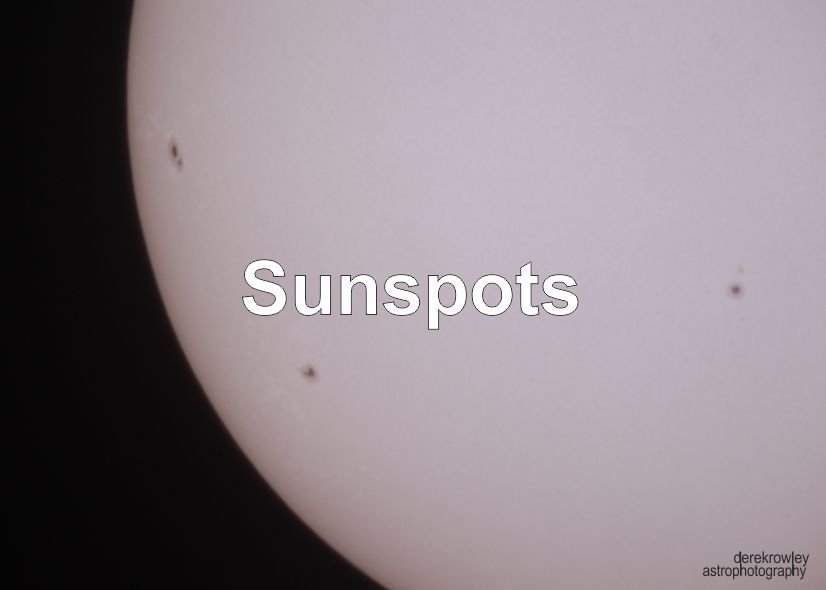
Sunspots form on the surface of the Sun due to strong magnetic field lines coming up from within the Sun through the solar surface and appear visibly as dark.
oooo

Sun’s eruptions
The surface of the Sun is never still – this burning ball of gas, a continual flow of super-hot plasma creates ropes of magnetic fields that can twist and tangle with one another.
oooo
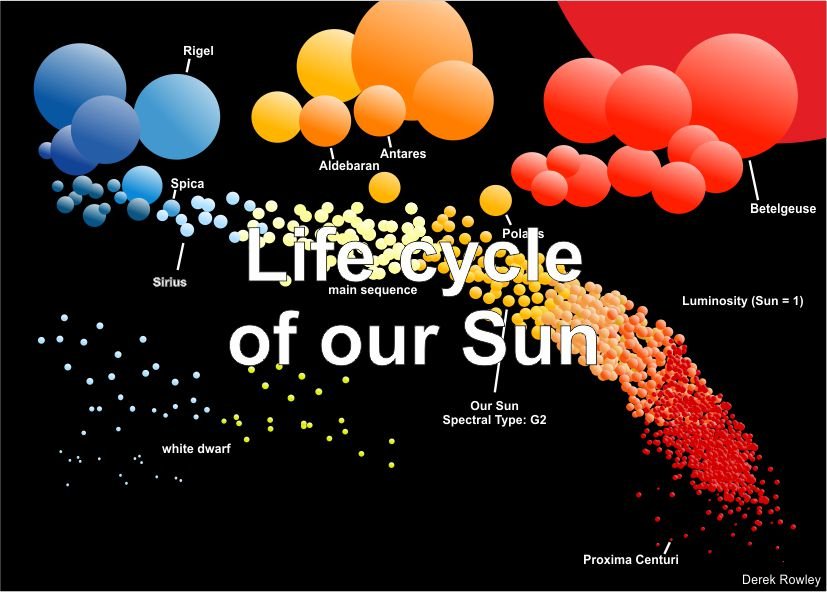
Life cycle of our Sun
The Solar System was formed around 4.6 billion years ago from a large cloud of dust and gas, called a nebula – this collapsed under its own gravity, transferring gravitational potential energy to kinetic energy in its particles.
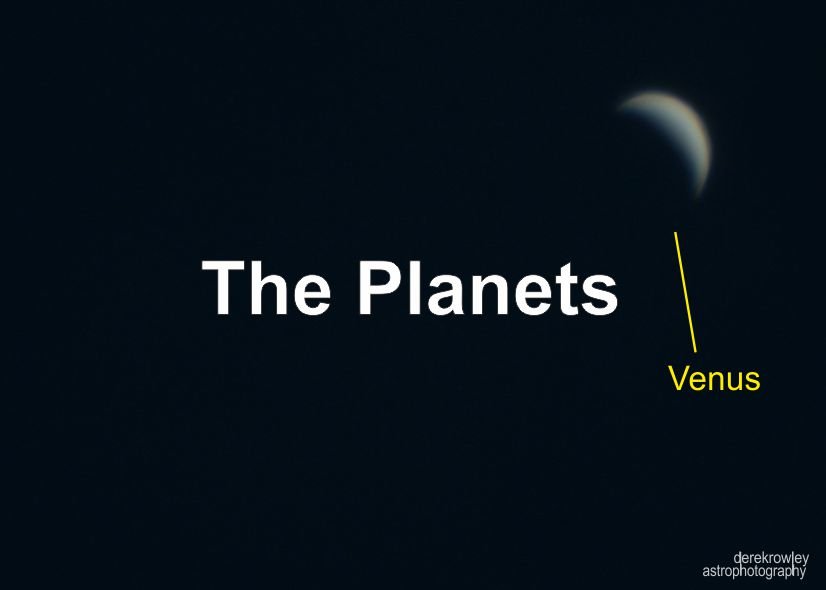
The Planets
There are more planets than stars in our galaxy – the current count orbiting our star is eight; The inner, rocky planets are Mercury, Venus, Earth and Mars / The outer planets are gas giants Jupiter and Saturn and ice giants Uranus and Neptune. Beyond Neptune, a newer class of smaller worlds called dwarf planets reign, including lasting existing favourite Pluto.
oooo

Planets to the edge of the Oort Cloud
The Oort cloud is a theoretical cloud of predominantly icy solid objects that are believed to surround the Solar System at distances ranging from 2.000 to 200.000 AU as the comets orbits are elliptical and their aphelion point is usually at a relatively common distance of 20.000 AU, further suggesting the existence of the reservoir of comets.
oooo
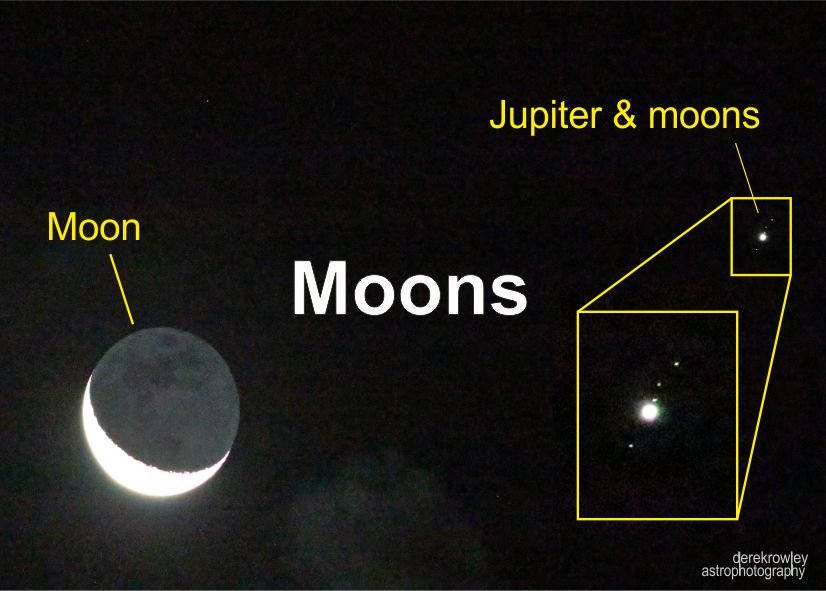
Moons – also known as natural satellites – orbit planets and asteroids, there are more than 280 moons in our solar system – most orbit the giant planets with Saturn and Jupiter leading moon counts, but even smaller worlds like Pluto can have five moons in orbit. Also moons come in many shapes, sizes and types.
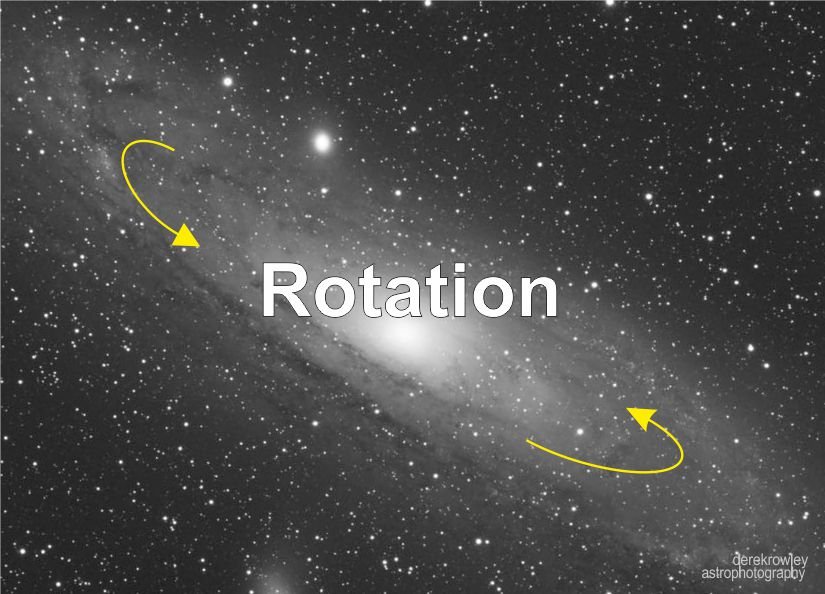
Rotation is the process or act of turning or circling around something -an example of rotation is the stars’ orbit around the black hole or earth’s orbit around the sun.
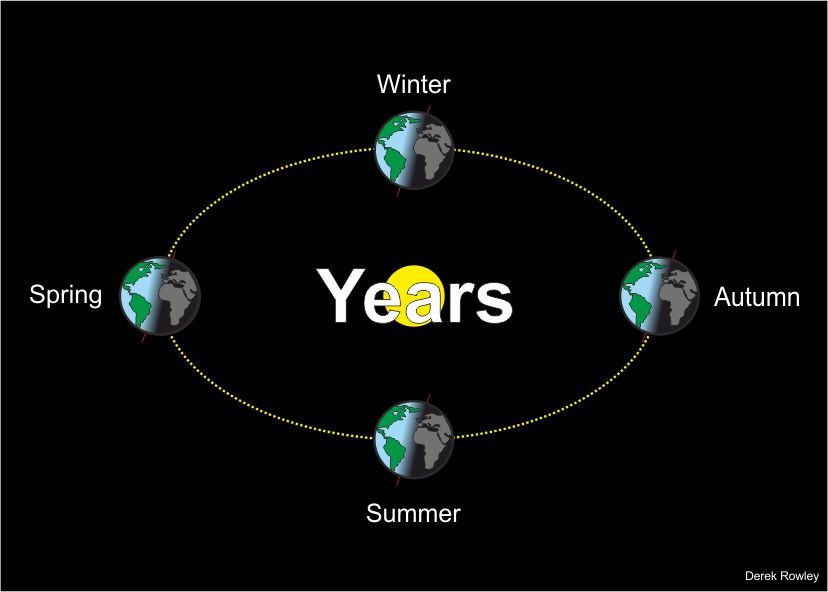
Years
The period of 3651/4 solar days required for one revolution of the earth around the sun in one year.
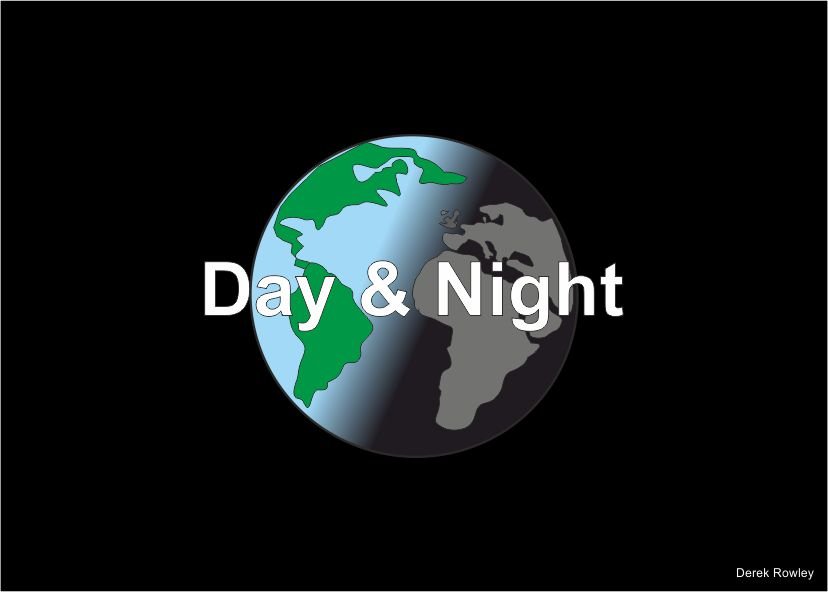
Day and Night
We have day and night because the Earth rotates – it spins on its axis, so daytime is when you can see the sun from where you are, and its light and heat can reach you and night time is when the sun is on the other side of the Earth from you, and its light and heat don’t get to you.
o
o
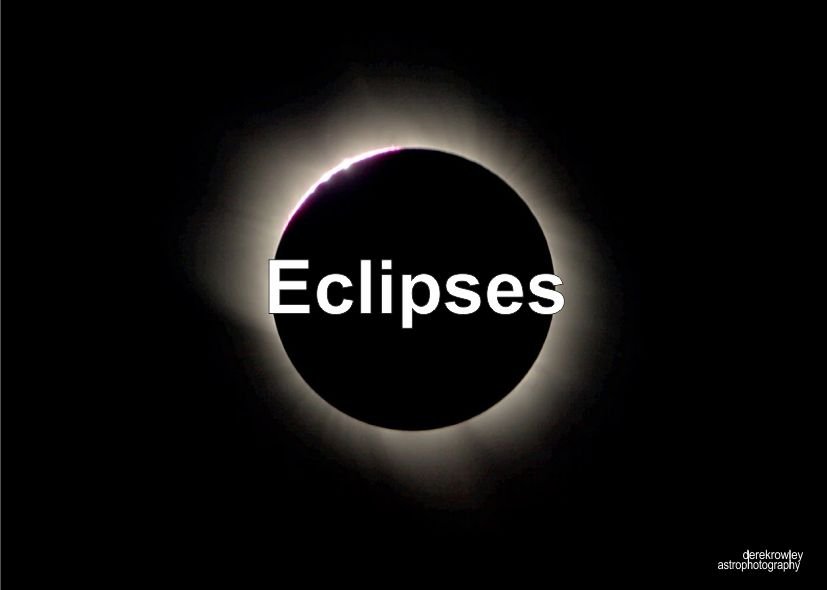
Eclipses
An eclipse happens when a planet or a moon gets in the way of the Sun’s light – there are four types of eclipses; there are four different types of solar eclipse, namely Partial eclipse, Annular eclipse, Total Eclipse and Hybrid Eclipse.
oooo
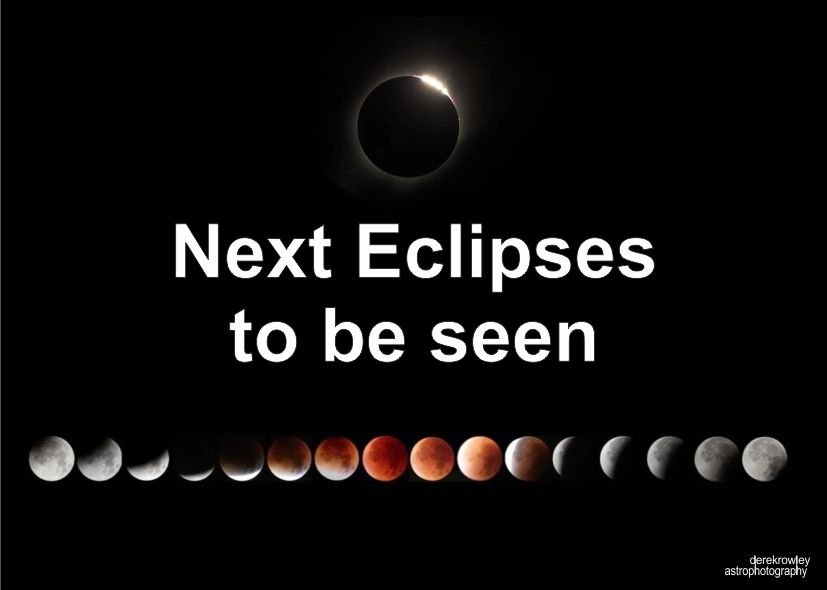
Next Eclipses to be seen
List of Solar and Lunar Eclipses worldwide and the UK for next eclipses to be seen – check where the eclipses are visible and if you can see them.
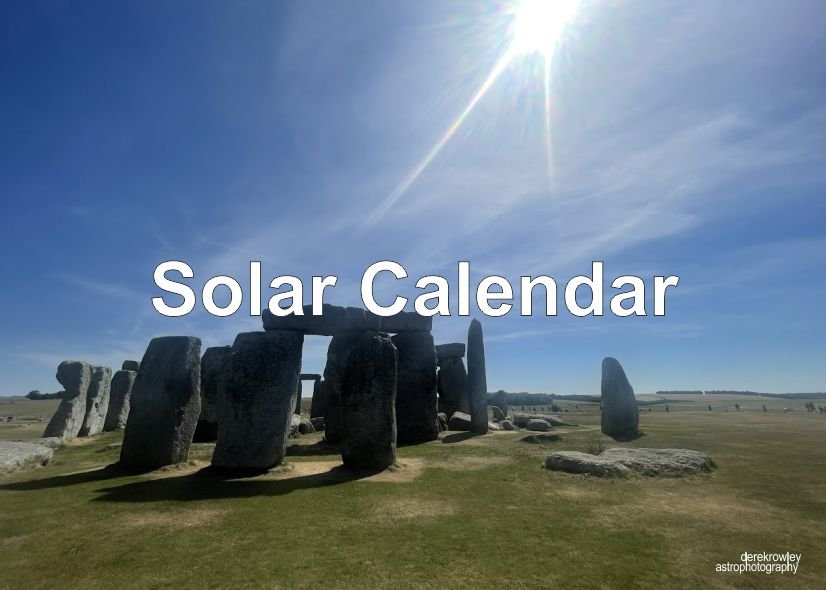
A solar calendar is a calendar whose dates indicate the season or almost equivalently the apparent position of the Sun relative to the stars.
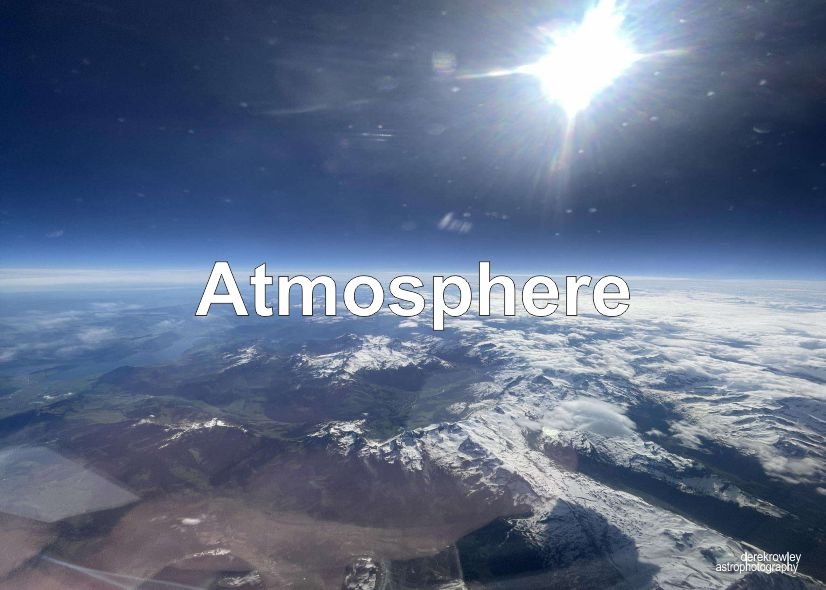
An atmosphere is a layer or a set of layers of gases surrounding a planet or other material body, that is held in place by the gravity of that body – an atmosphere is more likely to be retained if the gravity it is subject to is high and the temperature of the atmosphere is low.
oooo
oooo
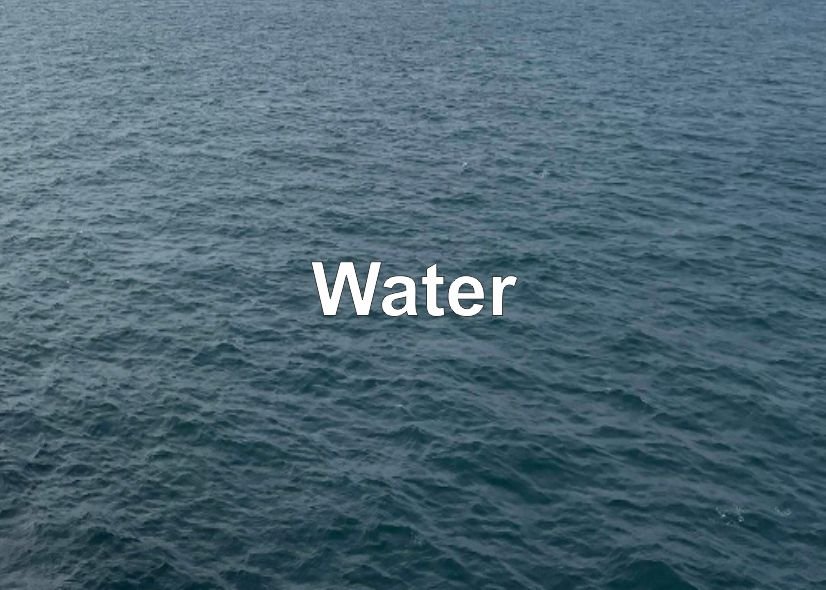
Liquid water is found in bodies of water, such as an ocean, sea, lake, river, stream, canal, pond, or puddle – the majority of water on Earth is sea water. Water is also present in the atmosphere in solid, liquid, and vapour states. It also exists as groundwater in aquifers as the underground layer of water-bearing permeable rock, rock fractures or unconsolidated materials.
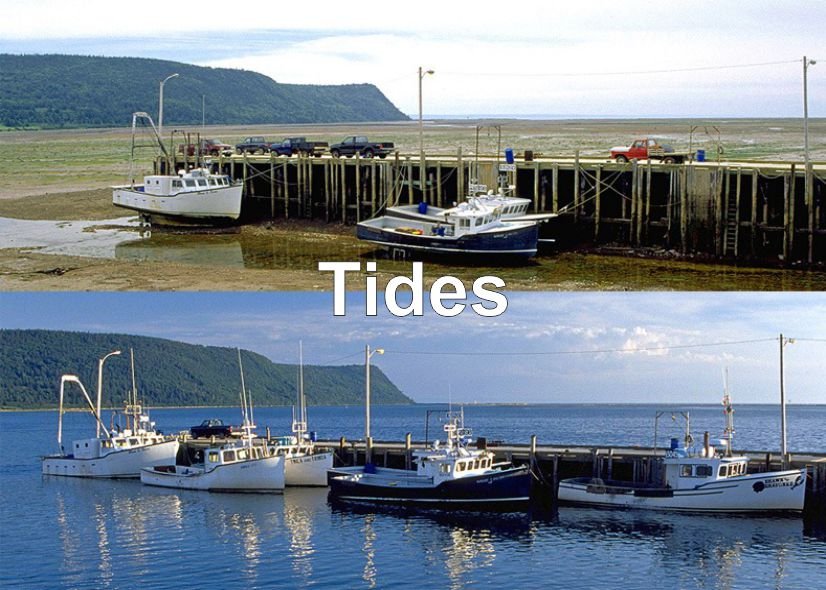
Tides are the rise and fall of sea levels caused by the combined effects of the gravitational forces exerted by the Moon and the Sun, and the rotation of the Earth.
oooo
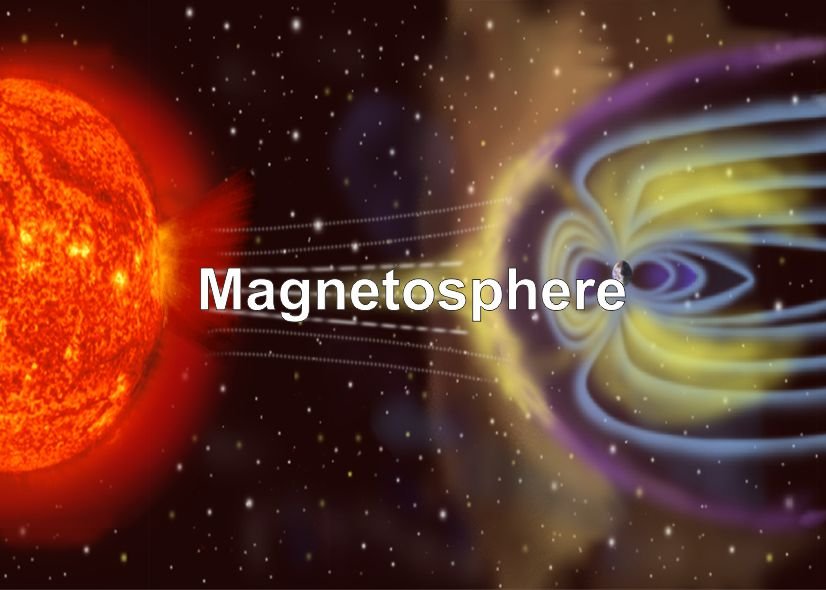
A magnetosphere is a region of space surrounding an astronomical object in which charged particles are manipulated or affected by that object’s magnetic field – it is created by a star or planet with an active interior dynamo.
oooo